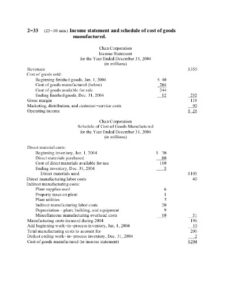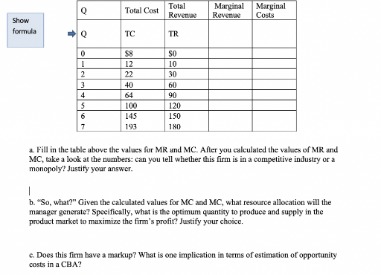
These statements focus exclusively on liquid assets like cash and cash equivalents — investments that individuals can readily turn into cash. This article offers general information only, is current as of the date of publication, and is not intended as legal, financial or other professional advice. A professional advisor should be consulted regarding your specific situation. While the information presented is believed to be factual and current, its accuracy is not guaranteed and it should not be regarded as a complete analysis of the subjects discussed. All expressions of opinion reflect the judgment of the author(s) as of the date of publication and are subject to change.
Closing Entries
She earned a bachelor of science in finance and accounting from New York University. Accountants calculate net income by subtracting a business’s expenses from its revenue. It offers robust integration with a determining a firm’s percentage of credit sales large variety of third party apps and has a strong focus on automation, saving you time on data entry.
For example, if you need to save a copy of a document separately from other files, you may put it in its password-protected folder inside your document management software. Remember that if you have employees, you’ll also need to account for payroll tax. If you’re unsure about your tax obligations, you may want to talk to a professional accountant or tax expert for advice. Common accounting programs for small businesses include QuickBooks, Xero, and FreshBooks. Each platform offers powerful features for small business owners, including bookkeeping tools, point-of-sale functions, and mobile apps. Companies with little or no inventory and few employees can use inexpensive or free basic accounting software.
Adjusted Trial Balance
- You can use an accounts receivable aging report for a quick view of outstanding customer payments.
- For instance, receipt scanners let you take photos of receipts that you upload to your software for easy journal-entry generation.
- They can also provide training to ensure you’re on the best footing to manage your finances effectively.
- By keeping a regular routine of recording expenses and analyzing results, you’ll be able to improve how your business runs.
As a business owner, the thought of doing accounting for your business may be more intimidating than the prospect of owning a business. Setting up a document management system can help with organizing your records so that they’re easier to review. There are different ways to organize files, depending on what you need to store.
But if you plan on now hiring tech professionals being the only user, you can download this small business accounting application anytime at no cost. Once you have this information in place, find a good payroll service provider, and get ready to hire your first employee. In order to follow the accounting equation, all entries made into your general ledger need to have a debit entry and a corresponding credit entry. Accounting software applications always include a default chart of accounts that you can use immediately. To make it easy to get started, we’ve created a guide with the 10 essential steps necessary for accounting for small business.
Do you need a business credit card?
You might choose to work with a virtual bookkeeper if you’re comfortable connecting via Zoom or email. The fees may be lower, but be sure to ask about their background and experience before you sign a contract for their services. If you’re using tax how to manage customer relationships filing software, you may have the option to organize and store receipts electronically.
Effectively managing your small business’s finances goes beyond bookkeeping. Using professional accounting methods allows you to properly strategize for your company’s future and meet your legal requirements. QuickBooks is perhaps the most well-known accounting software, offering extensive features tailored to small business accounting. It’s particularly strong in the areas of payroll processing and tax preparation. You can go with a simple bookkeeping spreadsheet that will allow you to quickly record bank and credit card transactions.
What are accounting best practices for small businesses?
However, even if you’re only hiring an occasional contractor, you should have your payroll system set up. Choose wisely, as once you choose an accounting method, you’ll need authorization from the IRS to change it. By knowing what you need to do and getting some guidance on how to do those things, you can be performing accounting tasks for your business in no time.

It’s also important to keep records of any agreements with vendors and suppliers, bank statements, documents showing payment of estimated quarterly taxes, and annual tax returns. This ensures that you have the correct amounts when you’re ready to deduct business expenses on your annual tax return. If this is your first time exploring small business accounting, visit our helpful glossary to become familiar with basic accounting terms. Most of these applications cover the basics of accounting from invoicing, payments and payroll. The software can assist you in keeping accurate records and create basic financial statements.